Bario is located in the Kelabit Highlands at the northeastern corner of Sarawak. Because of its average elevation of 1,000m above sea level, the word Bario means “Wind” in the local Kelabit language to represent the cool weather. It is inhabited mainly by the Kelabits, one of the smallest ethnic groups in Sarawak.
This list is drawn up from a recent trip to Bario during the recent 10th Bario Food Festival held from 30July to 1Aug 2015
No 1 – Amazing food
Because of the remoteness, people here have adapted to their natural surroundings for food source. Till today, they forage the jungles for their greens and hunt animals, mainly wild boars. Bario is famous for its highland rice and sweet pineapples grown by the locals. The Bario rice particularly has been included as one of the “Ark of Taste” products under Slow Food Foundation.
Visitors here will also enjoy the local fern called “midin”, wild spinach known locally as “doray” and local asparagus. Because of its abundance, torch ginger flower and stems are used generously in their cooking.
Local version of asparagus uncooked
Local fern “midin” stir-fried with torch ginger
No 2 – Culture
The small district of Bario consists of 47 villages with about 7,500 inhabitants. The biggest group of people is the Kelabits, followed by Penan. They are classified under “Orang Ulu” or Upriver People which also includes the tribes of Kayan, Kenyah and others.
“Orang Ulu” is famous for being one of Sarawak’s most artistic people. This can be seen in the handiwork done by the ladies, particularly the detailed beadwork, and also decorations around their longhouses. “Sape” or local mandolin is a common musical instrument used to accompany the local traditional dances such as hornbill dance and “ngarang”
Kelabit women in their traditional costumes. Older folks still maintain their extended ear lobes from wearing heavy ear-rings since young.
Stephen Baya performing a solo “ngarang” performance during 10th Bario Food Festival
No 3 – Nature
Bario is located in the Kelabit Highlands with average elevation of 1,000m above sea level. Because of its height, the weather here is pleasant and can get much colder during the rainy seasons.
Visitors can enjoy the nature during hikes to the villages around Bario. We did an easy 3-4 hours trek from Bario main town to Pa Lungan along the route used by the villagers, which is one of the last village to be connected by road for vehicles. Those who crave for more adventure can attempt the 4days hike up Mount Murud, usually starting from Ba Kelalan and finishing in Pa Lungan. Mount Murud at 2,423 m is Sarawak highest mountain.
Hiking from Bario town to Pa Lungan, easy 3-4 hours hike
View of Pa Lungan village of 100 inhabitants surrounded by Kelabit Highlands
No 4 – Flight
Because of its remote location, the easiest way to reach Bario is via flight from Miri which takes about 1 hour. Currently the flight is serviced by small Twin Otter with capacity of 19persons. When I flew into Bario, the small flight even took less passengers (max 13pax) because the rest of the space is used to transport goods into Bario.
Being a small plane, there was no door to the cockpit. Hence we could see what the pilots were doing at front. Nevertheless, the flight is less than enjoyable when one encounters bad weather which happened for my flight from Bario back to Miri. With heavy rains outside, it is amazing how cool the pilots were as they manoeuvre the plane across the bumpy clouds and rain pounding on the windscreen.
 View of MASwings Twin Otter servicing Miri-Bario
View of MASwings Twin Otter servicing Miri-Bario
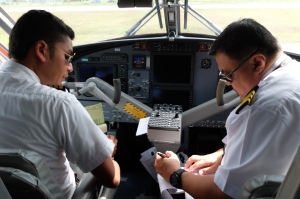 Full view of the pilots from cabin as there is no door separating cockpit
Full view of the pilots from cabin as there is no door separating cockpit
No 5 – Warm hospitality
Our group stayed at 2 different Kelabit homestays during our holiday in Bario – Batu Ritung at Pa Lungan and Labang Longhouse at Bario main town. Both homestays were managed and operated by retired couples who have returned to Bario after their work in towns/cities.
Despite having basic facilities, what really touched my heart was the warm hospitality extended by both places. The couples took time to talk to us and even shared their life stories and struggles as Kelabits.
People we met at the villages were easy to approach and very happy to share their knowledge, particularly because many of the local food, customs and other things were quite foreign to even us Malaysians from Peninsular Malaysia. It is customary for people to greet each other by shaking hands, the longer the better.
Ladies at Pa Lungan finishing the night with the traditional horn bill dance after enjoying their marathon poco-poco (local line dancing)
Steven, local church leader at Pa Lungan having hair cut before big festive dinner to welcome important guests at Pa Lungan
No 6 – Simple life
People in Bario are blessed with the simple life – surroundings here provide enough for them to survive. The jungles provide them with food and items for shelter and daily use. River supply water and the seasonal rain and dry weather provide the ideal weather for rice growing. Buffaloes are reared to help till the land and carry heavy goods.
The people here are generally happy and contented. Most of them have also embraced Christianity and have entrusted their well-being to God.
Best bit – Pa Lungan has limited phone coverage. So visitors can sit back and take in the life without the nagging responsibilities of city life calling on them.
Rice fields of Bario which is normally done by hand with help of buffaloes
Local men leading his buffalo to carry heavy goods
No 7 – Development is coming
With the recent announcement of Bario as a Sub-district in Sarawak, it will herald in more developments in the near future. Community here is requesting for more connectivity in terms of proper roads and longer runway for bigger airplanes to drop by. It is understandable for them, as these would increase the economic levels for the community.
Nevertheless from the view point of tourists, Bario may be losing out its “remote” charms once these developments creeps in. We have experienced some of the effects during our hike in from Bario to Pa Lungan. Portions of the hike follow the new logging road carved out to connect Pa Lungan, and we can immediately feel the difference in temperature when we emerge from the covered forest hike to open logging roads. The logging road has also opened up avenue for trees to be cut and transported out as timber (either legally or illegally – that is a BIG question).
As such, Bario is wonderful place to explore NOW before modern development threatens the local environment and community.
Sunrise breaking at Pa Lungan – scenes like these may be lost under the sweep of greater development
Tips to visit Bario
- Book your flight early from Miri to Bario, especially during the popular travelling periods. Currently Mas Wings still only operates 3 flights a day, with no daily flights unless during peak season.
- Go visit during the festivals such as Bario Food Festival and Harvest celebrations coinciding with Christmas. During these periods, visitors can enjoy plenty of local food, local performances and experience how the locals celebrate
- There are many locals now who offer homestays for visitors. During our visit, we have been to Batu Ritung and Labang Longhouse. Another recommended place is Bario Asal Longhouse (Jenette Ulun at nlembaa@gmail.com)
- Useful map for Bario Town
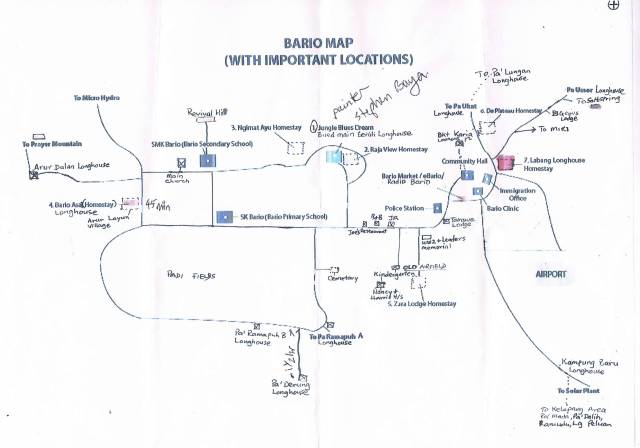
Click here for full Bario picture album

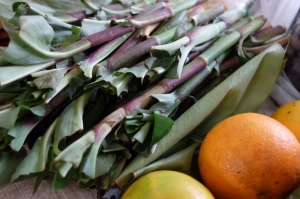
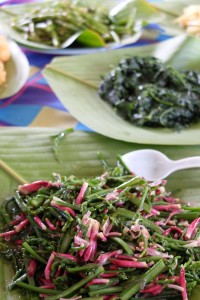
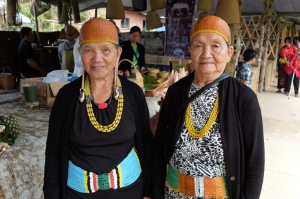
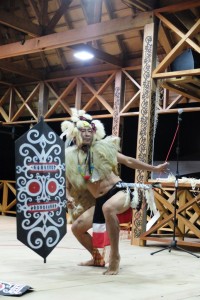
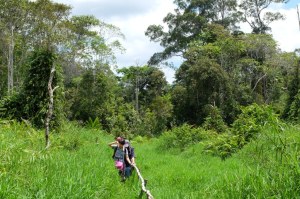
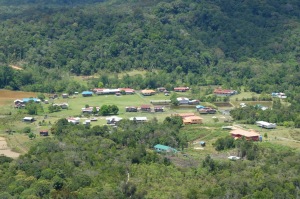
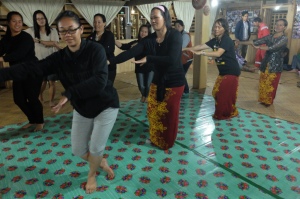
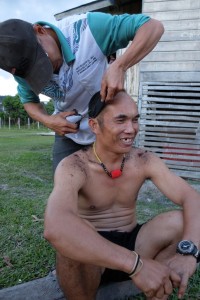
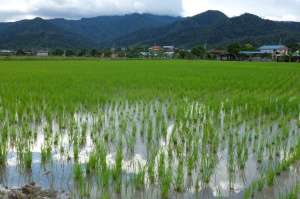

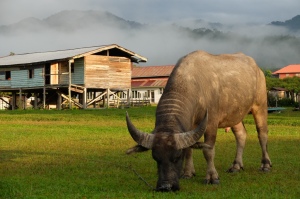
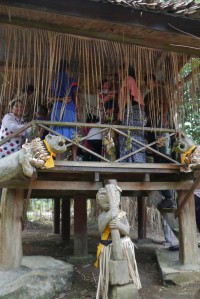
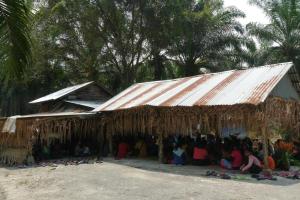
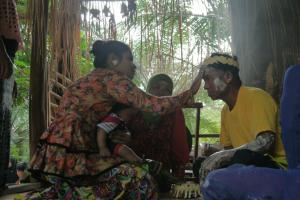
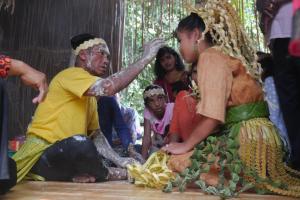
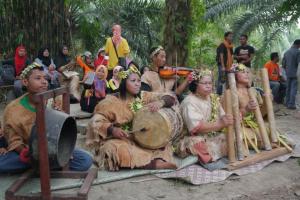
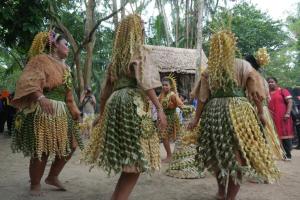
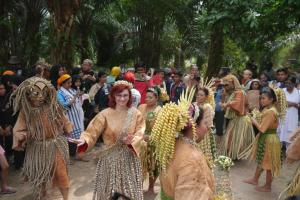
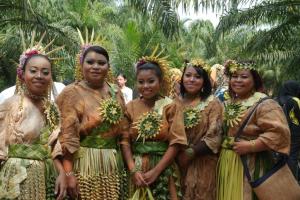
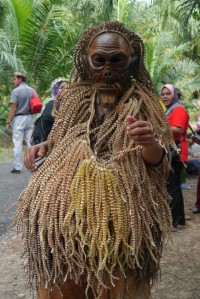


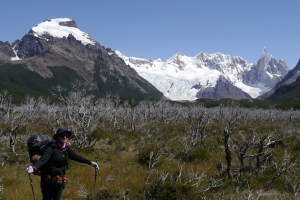
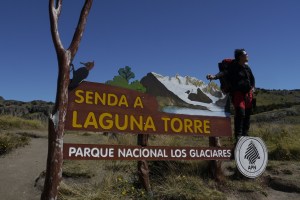
You must be logged in to post a comment.